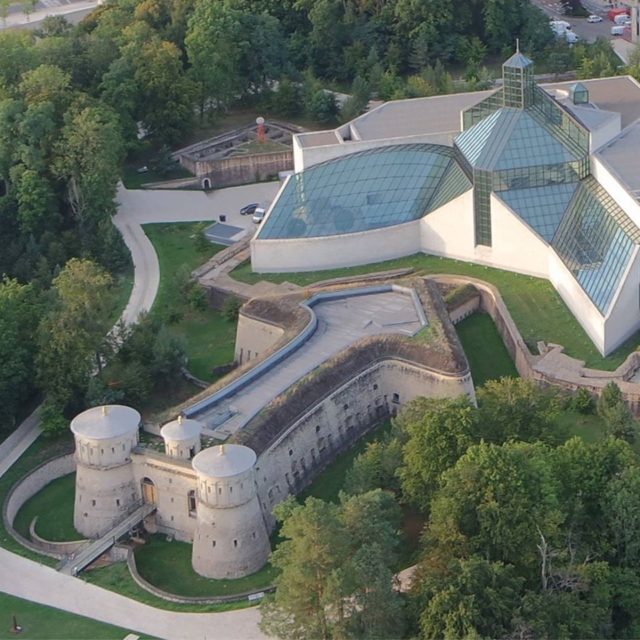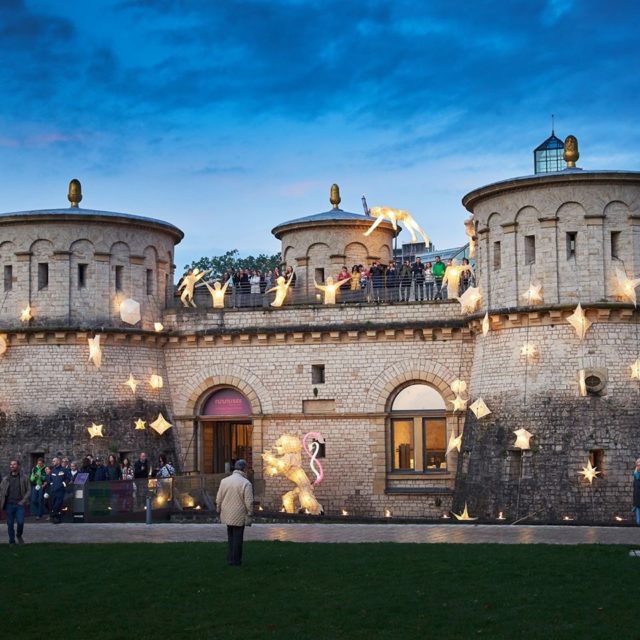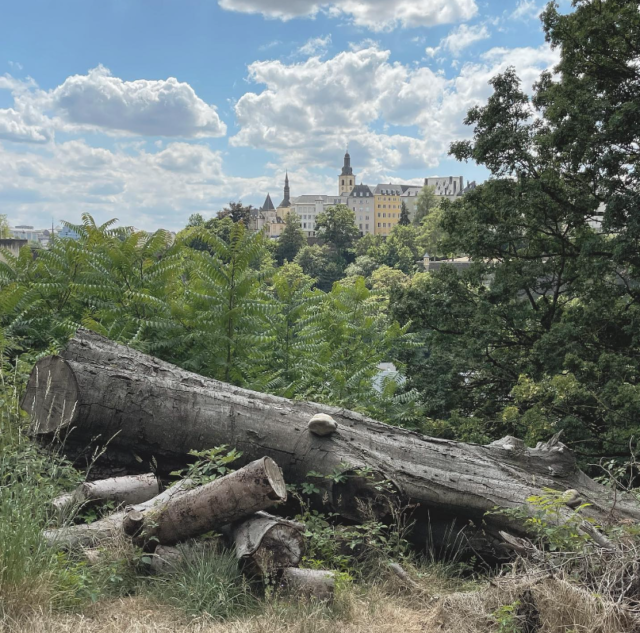Parc des Trois Glands
The Parc des Trois Glands (the Three Acorns Park). Leaving Villa Vauban Museum behind, one can continue crossing the city through its park on a route parallel to Boulevard Prince Henri. That will not be difficult as the boulevard is the park’s outer limit. Following the greenery, the route leads to the Alzette river. After crossing the river through one of its points and after the first line of houses of Rue Vauban (which runs parallel to Alzette river on the other side) one reaches another green lung of the city, the Parc des Trois Glands.
.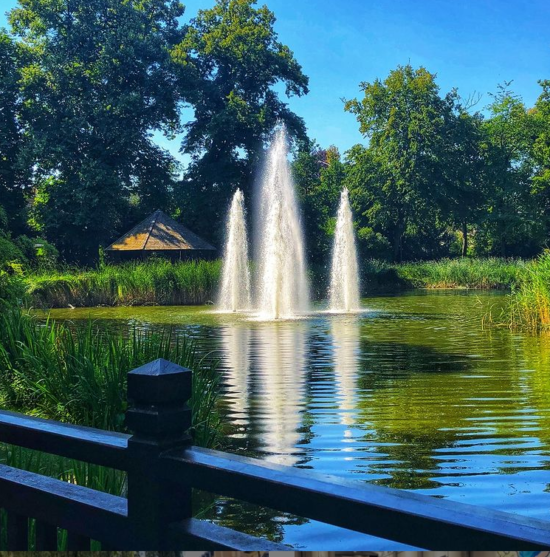
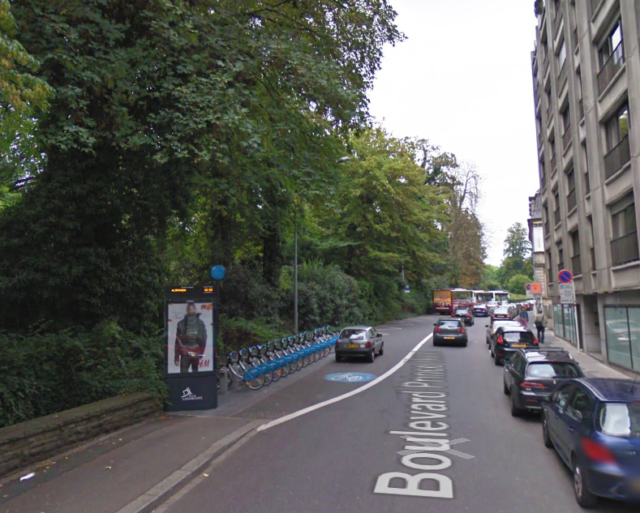

Following the path that cuts through this massive park known as Rue des Trois Glands, you are gradually passing from the typical medieval buildings of the historic district to its modern side of the Kirchberg business district and the multi-story buildings of a modern metropolis. Just before the transformation, one is faced with one of the most sought attractions of the city, Fort Thüngen also known as the Musée Dräi Eechelen.
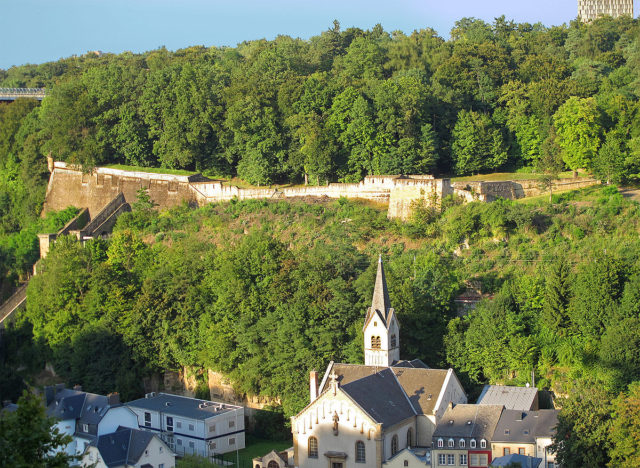
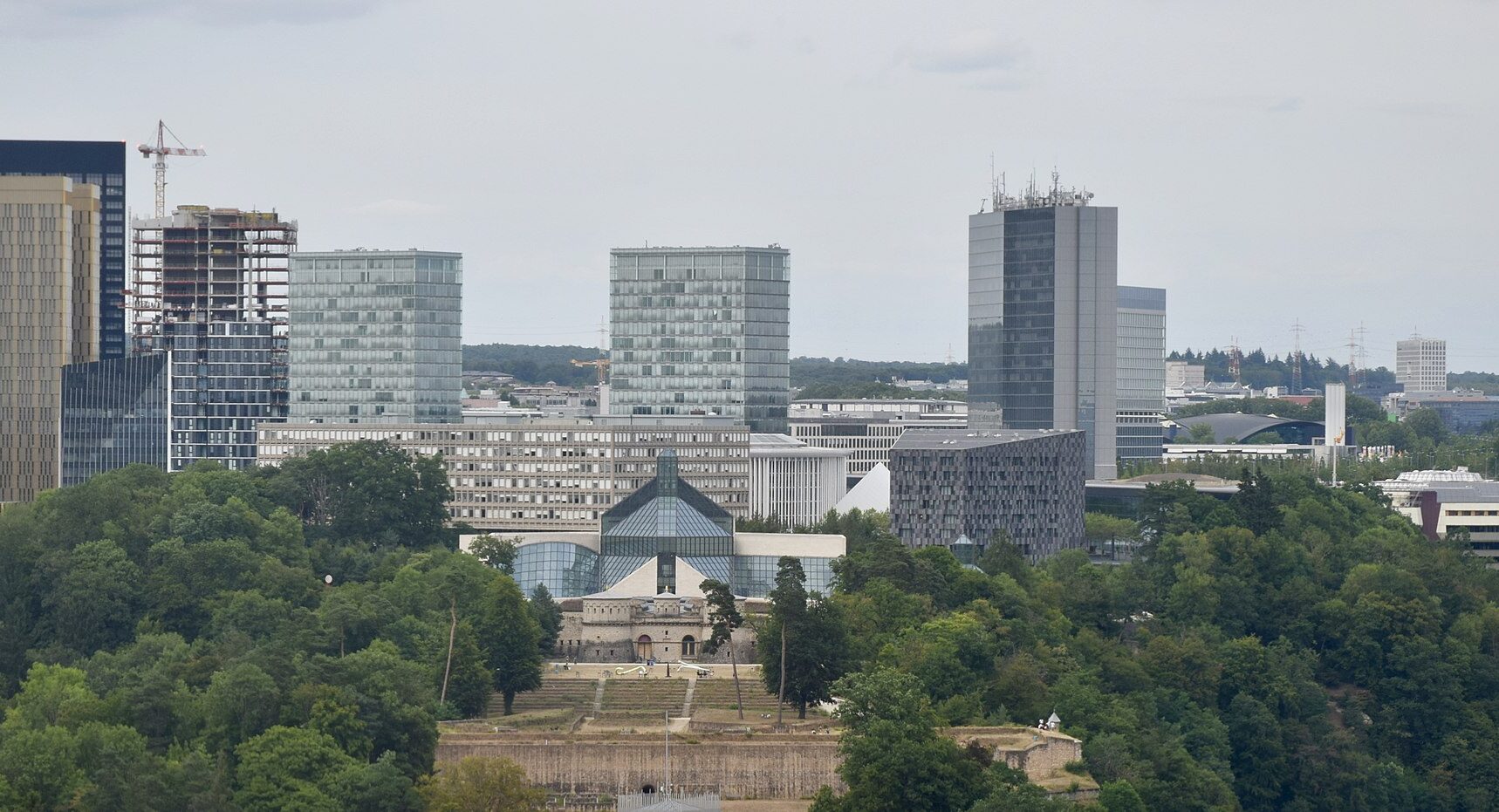
The fully restored fort was constructed by the Austrians in 1732 to enclose the defense work called Redoute du Parc (Park Redoubt) set up by the famous French military constructor Vauban 50 years earlier. The fort was expanded by the Prussians in the 19th century only to be demolished after the Treaty of London in 187 that ended the Franco-Prussian War. Its three towers, the so-called Three Acorns (Dräi Eechelen/Luxembourgish, Les Tres Glands, French) remained in their place along with the remnants of several foundations of the original fort.
During the 1990s the whole place was reconstructed with the towers finally reopening in 2012 as the Musée Dräi Eechelen a museum to illustrate and explain the nature of the fortress of Luxembourg regarding the history of the city, the territorial development of the country and the cultural identity of the Luxembourgian nation. In its permanent exhibition, some 600 artifacts, from the Burgundian conquest in 1443 to the construction of the Adolphe Bridge in 1903 illustrate an extensive part of the country’s and the city’s complex history. More
